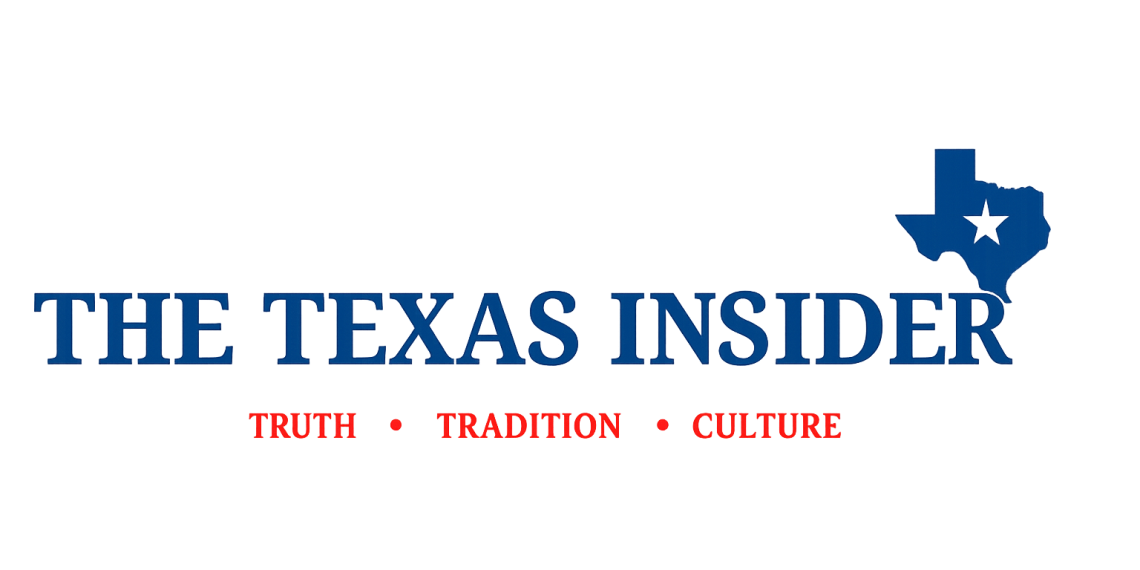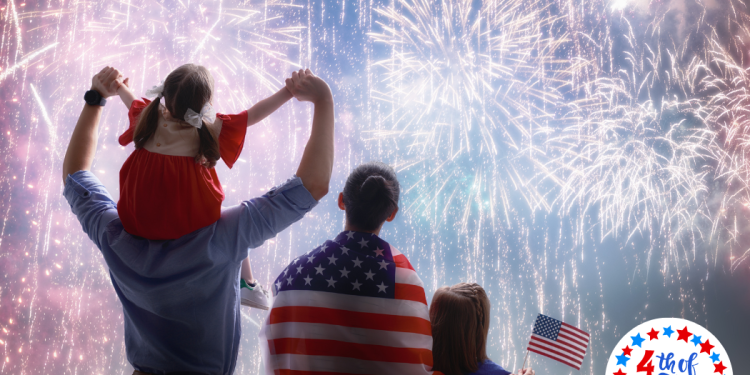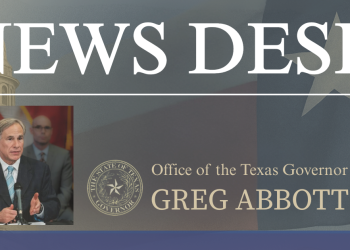Thursday, July 4th, marks the 248th commemoration of the day the Declaration of Independence was adopted by the Second Continental Congress.
The first Fourth of July celebration, complete with fireworks, took place in 1777 in Philadelphia, Pennsylvania. Following the War of 1812, annual celebrations spread throughout the nation to include more rural communities for the first time.
Through the centuries, the US has grown from 13 colonies with about 2.5 million people to 50 states and 14 territories with a population of more than 330 million. The economy has swelled to over $27 trillion. Advances in public health have cut the child mortality rate from over 45% to under 1%, while our citizens live over 35 years longer on average.
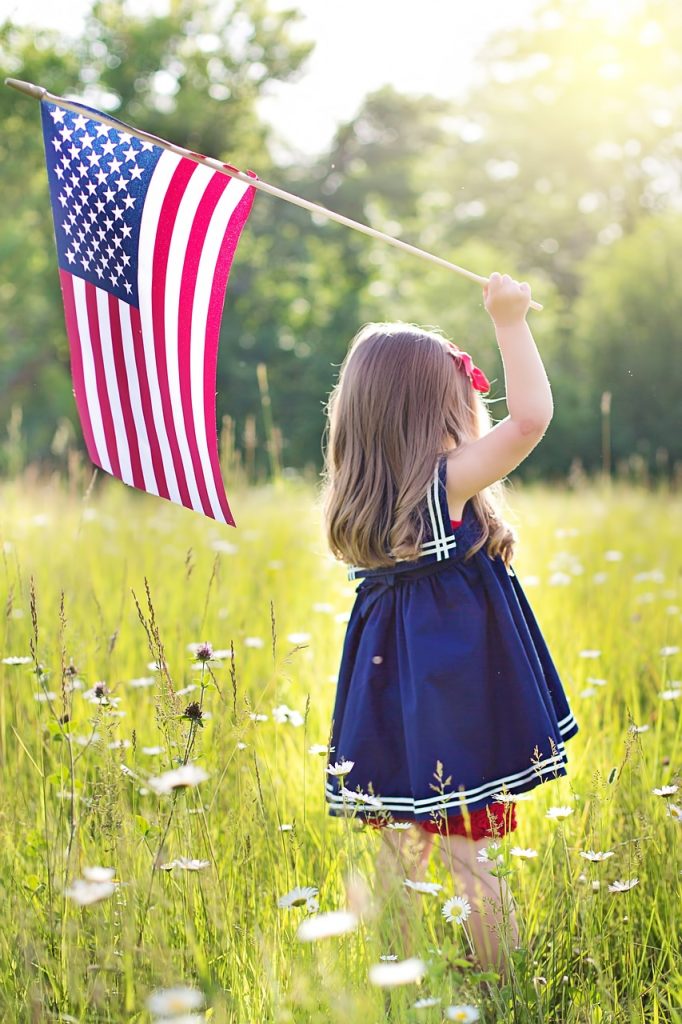
Scientific achievements in the US have delivered everything from the light bulb, modern flight, and the internet to air conditioning, movies, and the polio vaccine. More than 2.7 million miles of power lines electrify the country across over 4 million miles of paved roads, with over 90% of households accessing broadband internet. The US has also been responsible for more than 800 human visits to space—the most of any country.
While there will always be challenges to face and improvements to make, we’ve come a long way since the beginning. So grab a hot dog and your drink of choice—here’s to the next 248 years.
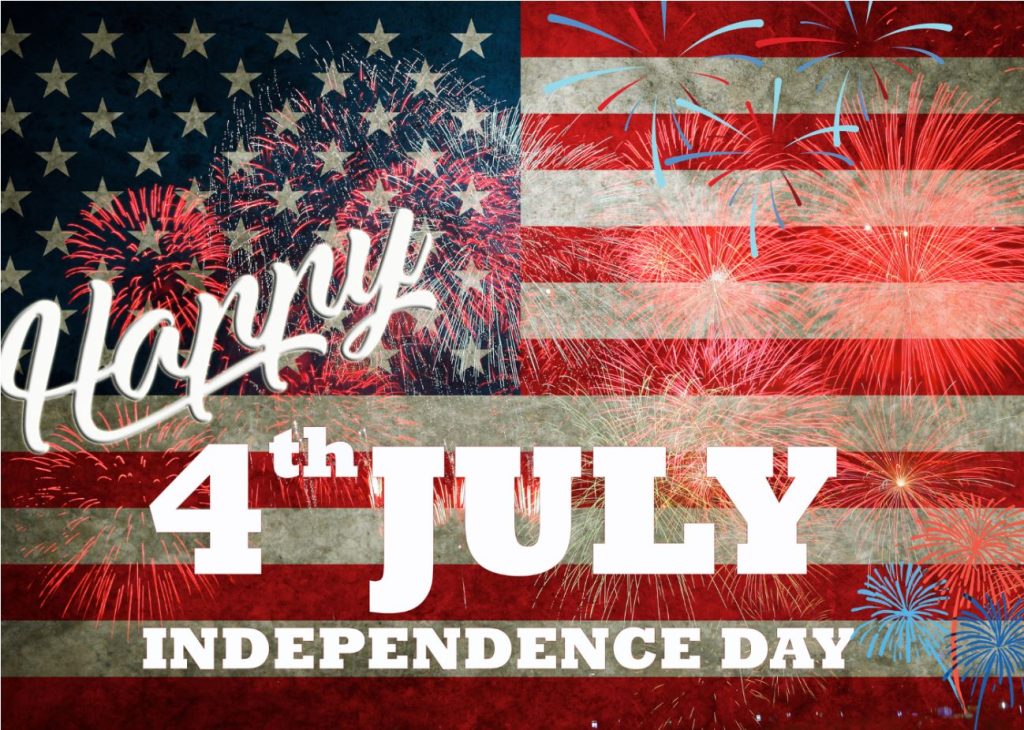
Why We BBQ on the Fourth of July
When the Founding Fathers penned the Declaration of Independence, they might as well have included a line about the self-evident truth that most Americans would celebrate the Fourth of July with barbecue. In 1776, John Adams even predicted that Independence Day would be celebrated for generations with fireworks, parades, and food. And, although there is less cannon fire nowadays, many of these traditions have stuck, including barbecue, which can be traced back to the early 1800s.
I am apt to believe that it will be celebrated, by succeeding Generations, as the great anniversary Festival… It ought to be solemnized with Pomp and Parade with shews, Games, Sports, Guns, Bells, Bonfires and Illuminations from one End of this continent to the other from this Time forward forever more,”
–John Adams.
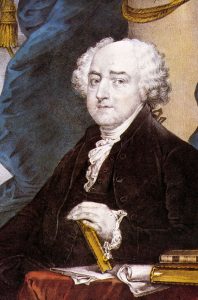
At this time, the patriotic holiday was initially commemorated with political rallies. To entice people to attend, party leaders held city-wide barbecues in the town centers and created unity over the shared meal. For the new American colonists, who hailed from Europe initially, barbecue was a new cooking technique adopted from the West Indian island of Hispaniola. It’s derived from the Spanish word “barbacoa,” a meat dish now associated with Mexican cuisine, as in enchiladas rojas with barbacoa.
Since the entire community came out for the free meal, whole oxen or hogs were barbecued in order to feed the crowd. Today, Americans continue to enjoy a similar carnivorous feast of beef and pork with European-named foods like hamburgers and frankfurters.
As the United States population grew during the 20th century, and with the July 4th holiday allowing time off, celebrations started to shift from community-wide barbecues to private backyard cookouts, especially as more Americans adopted home grills.
Today, 70% of American households own a grill, per the Hearth, Patio & Barbecue Association, and according to the organization’s recent survey, July 4th is the most popular day of the year to barbecue in the U.S., with 58% of Americans doing so. While a majority still grill steak (a throwback to the early oxen barbecue meat in America’s past), our modern diet is really a fusion of flavors from around the world. Along with the usual suspects, it’s common to find vegetarian options like veggie skewers and more hints of international influence on the grill.
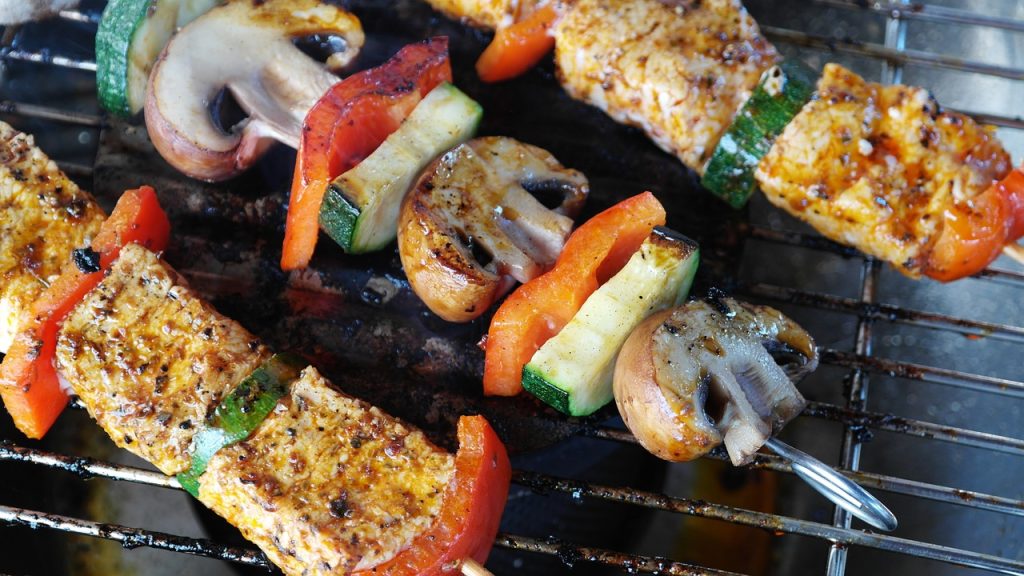
Since it was introduced to the U.S. in the 1860s, most Americans have replaced bowls of hot soup with hot dogs for the holiday. According to the National Hot Dog and Sausage Council, around 150 million hot dogs are consumed on July 4th, also making it the second most popular food to eat at a barbecue (per Statista). In addition, smoked brisket and ribs are popular picks.
Google Trends indicates that Japanese barbecue sauce and Korean-style barbecue searches have risen as much as 2,000% between 2019 and 2024, indicating the rise of these global trends.
Unlike traditional American versions, the Asian sauces incorporate ginger, sesame oil, and rice vinegar for a sweet and salty barbecue. To complement the rich meat and combat the historically sweltering temps, tangy cold foods like German potato salad, Italian deviled eggs, and Dutch coleslaw have also become modern-day favorites.

Why We Celebrate!
On July 2nd, 1776, the Continental Congress voted in favor of independence, and two days later delegates from the 13 colonies adopted the Declaration of Independence, a historic document drafted by Thomas Jefferson. From 1776 to the present day, July 4th has been celebrated as the birth of American independence, with festivities ranging from fireworks, parades, and concerts to more casual family gatherings and barbecues.
Fireworks
The first fireworks were used as early as 200 BC. The tradition of setting off fireworks on the 4th of July began in Philadelphia on July 4, 1777, during the first organized celebration of Independence Day. Ship’s cannon fired a 13-gun salute in honor of the 13 colonies. The Pennsylvania Evening Post reported: “at night there was a grand exhibition of fireworks (which began and concluded with thirteen rockets) on the Commons, and the city was beautifully illuminated.” That same night, the Sons of Liberty set off fireworks over Boston Common.

Fourth of July Becomes a Federal Holiday
The tradition of patriotic celebration became even more widespread after the War of 1812, in which the United States again faced Great Britain. In 1870, the U.S. Congress made July 4th a federal holiday; in 1941, the provision was expanded to grant a paid holiday to all federal employees.
Over the years, the political importance of the holiday would decline, but Independence Day remained an important national holiday and a symbol of patriotism.
Falling in mid-summer, the Fourth of July has since the late 19th century become a major focus of leisure activities and a common occasion for family get-togethers, often involving fireworks and outdoor barbecues. The most common symbol of the holiday is the American flag, and a common musical accompaniment is “The Star-Spangled Banner,” the national anthem of the United States.
